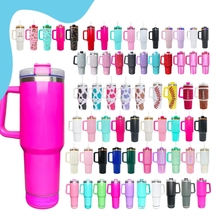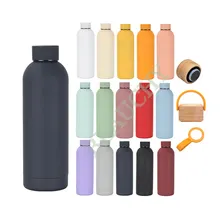Top categories

Garden Supplies

Household Cleaning Tools & Accessories

Lighters & Smoking Accessories

Home Storage & Organization

Household Scales

Home Decor

Home Textiles

Kitchen & Tabletop

Smart Home Improvement

Bathroom Products

Festive & Party Supplies

Rain Gear

Household Sundries
About products and suppliers
Exploring the Versatility of Clay Balls
Clay balls, a diverse category of products, cater to a broad spectrum of industrial and creative applications. These spherical objects, crafted from various types of clay, including natural clay, polymer clay, and pp clay, serve purposes ranging from garden supplies to educational tools. Their utility in industrial ceramics and refractory materials underscores their importance in high-temperature processes.
Types and Applications
There exists a multitude of clay ball types, each tailored to specific age groups and uses. For the younger demographic, playdough and slime balls provide a tactile experience beneficial for cognitive development. In contrast, industrial spheres are integral in processes requiring high thermal resistance. The adaptability of clay balls is evident in their wide age-appropriate range, from 2 to 4 years, extending up to 8 to 13 years, indicating their role in both play and practical education.
Features and Material Composition
The composition of clay balls is as varied as their applications. Natural clay offers an eco-friendly option, while polymer and pp clay variants present durability and a wider range of colors, including white, red, and brown. The choice of material impacts the ball's properties, such as heat resistance in industrial settings or malleability for educational purposes.
Advantages of Using Clay Balls
Utilizing clay balls in gardens can enhance soil aeration and water retention, benefiting plant growth. Their role in industrial ceramics is equally crucial, providing structural integrity in high-temperature environments. The educational variants of clay balls foster creativity and fine motor skills among children, making them a valuable tool in both classrooms and homes.
Environmental Impact and Sustainability
The environmental footprint of clay balls is an important consideration. Natural clay options offer a sustainable choice, often sourced from responsible suppliers. The longevity of polymer and pp clay balls reduces the need for frequent replacement, contributing to waste reduction.
Choosing the Right Clay Ball
Selecting the appropriate clay ball requires an understanding of the specific needs it aims to fulfill. Whether for industrial use, gardening, or educational activities, the material, age compatibility, and color are key factors to consider. It is essential to match the right type of clay ball with its intended application to ensure optimal performance.
























 浙公网安备 33010002000092号
浙公网安备 33010002000092号 浙B2-20120091-4
浙B2-20120091-4